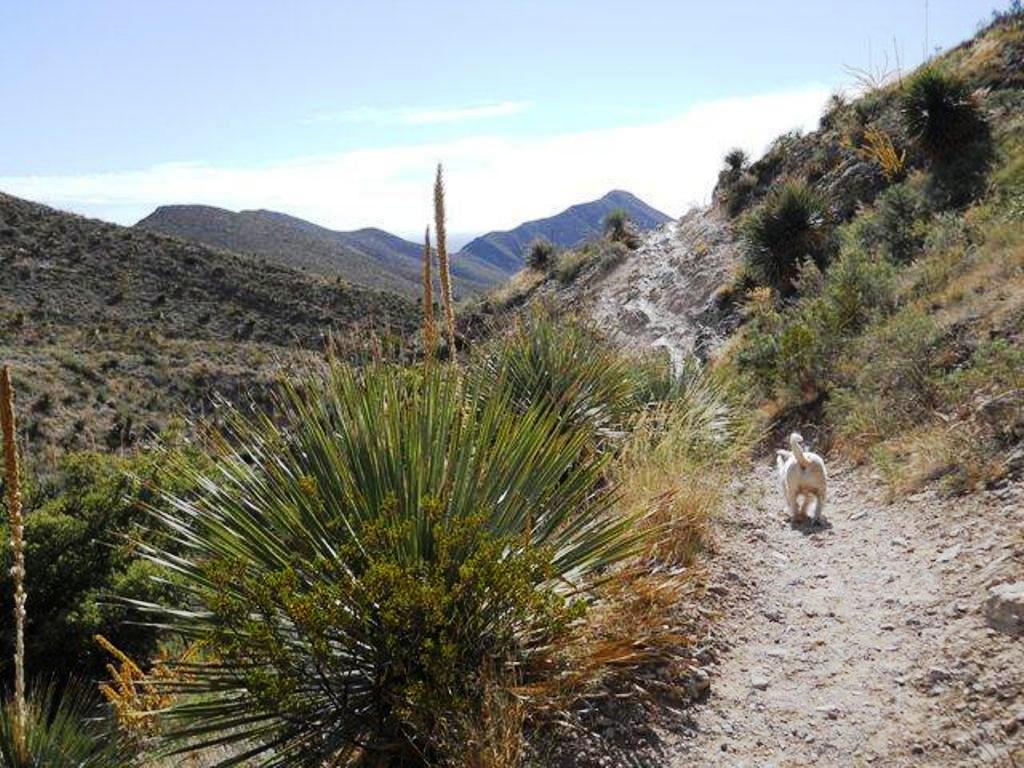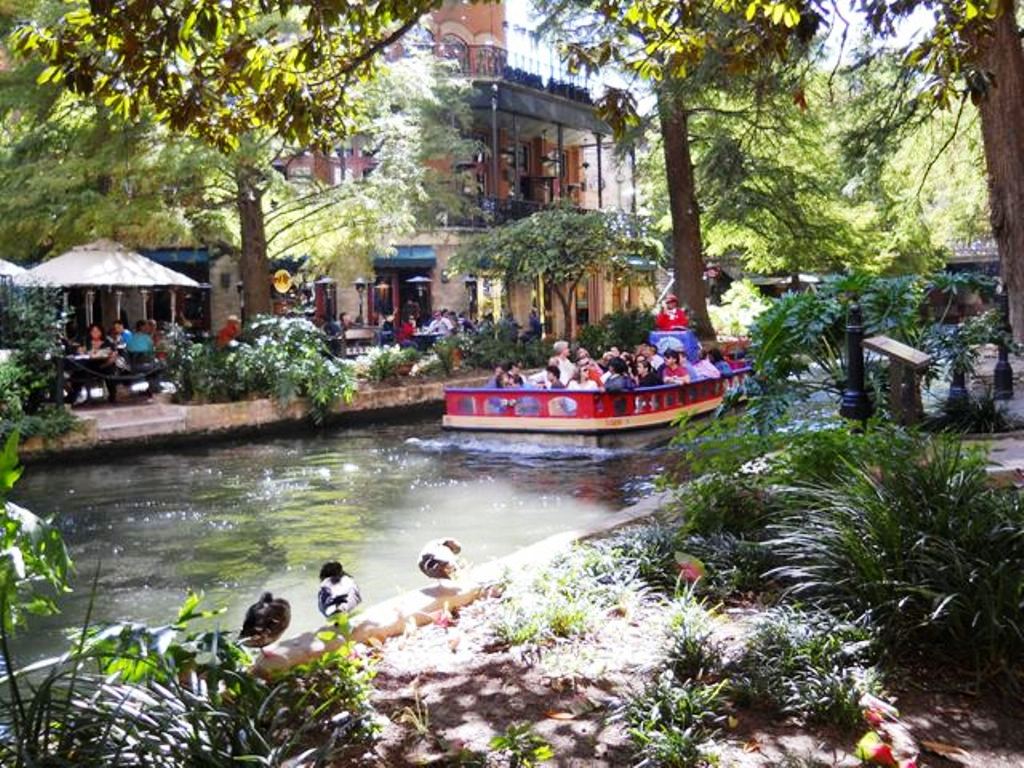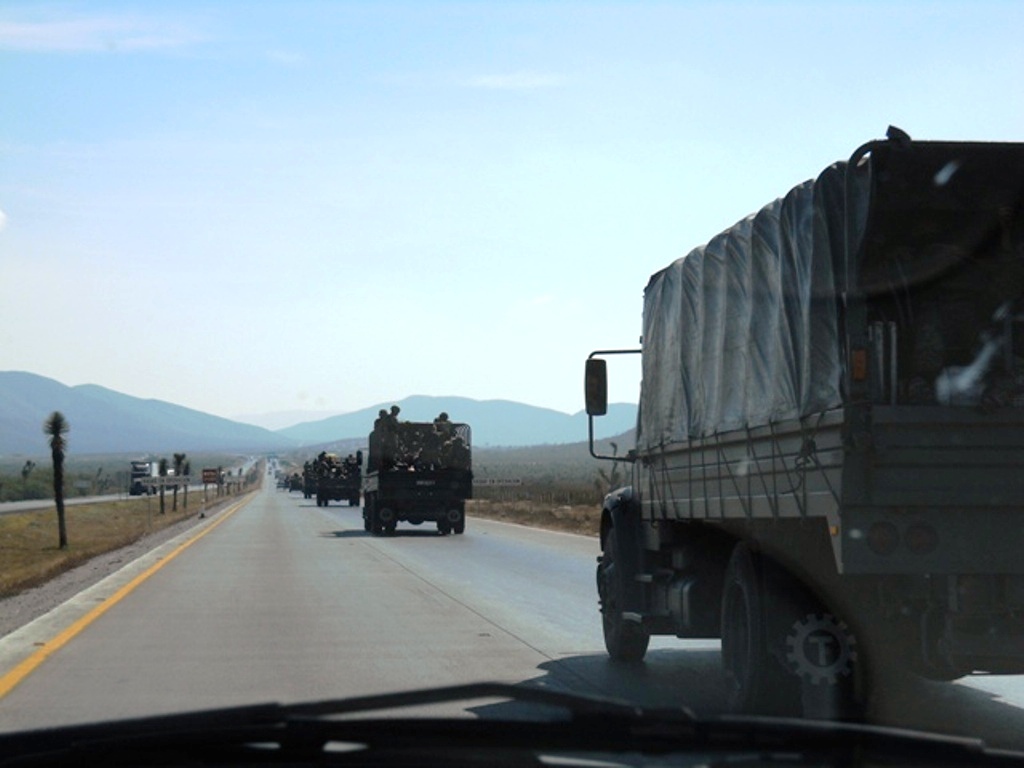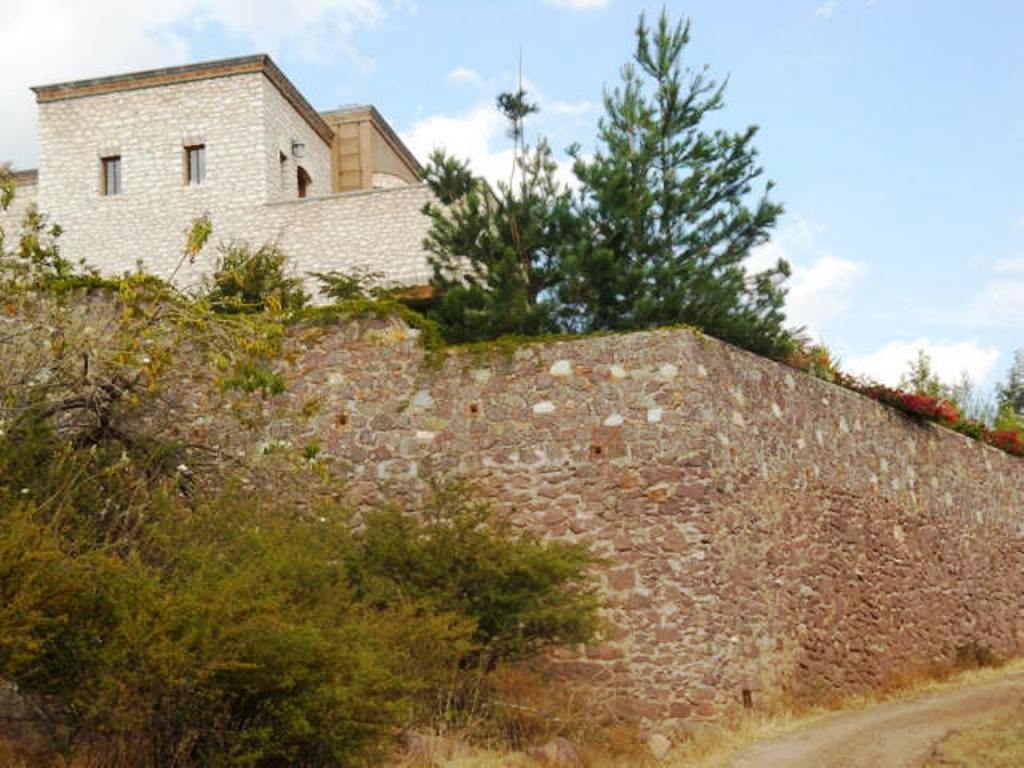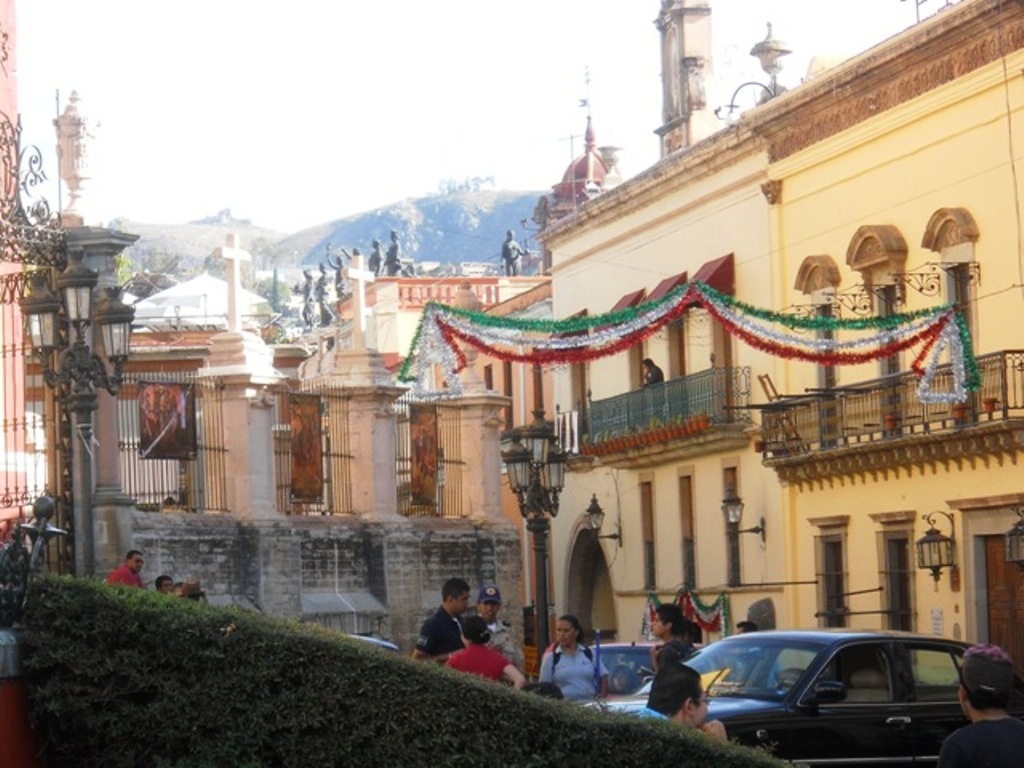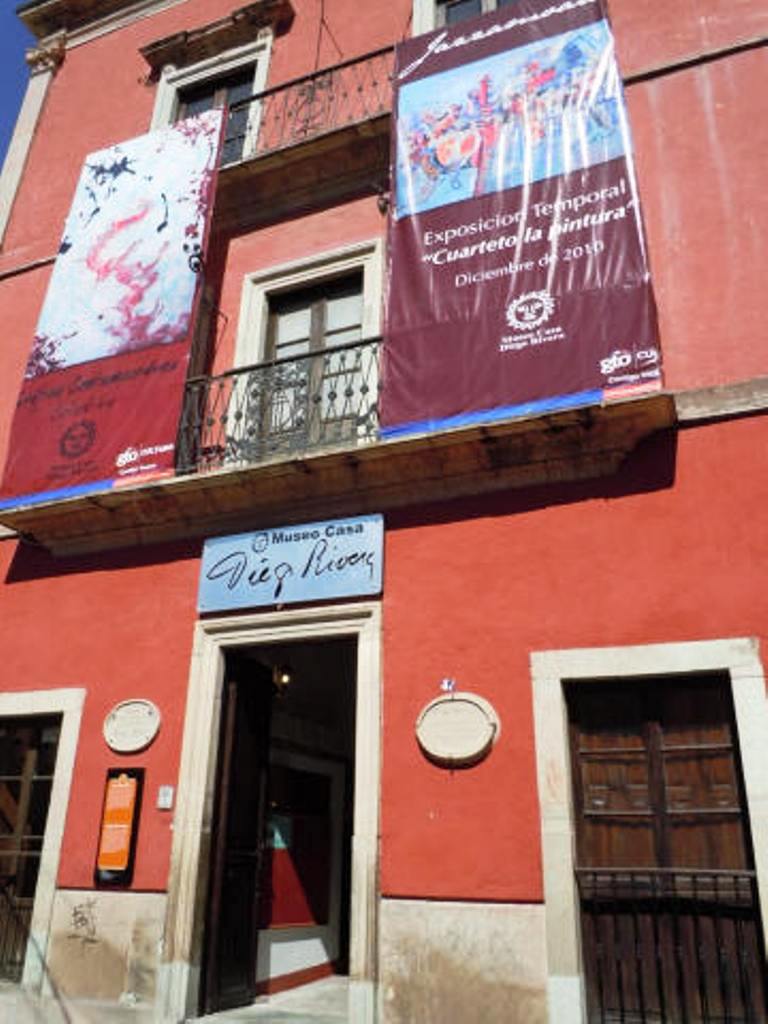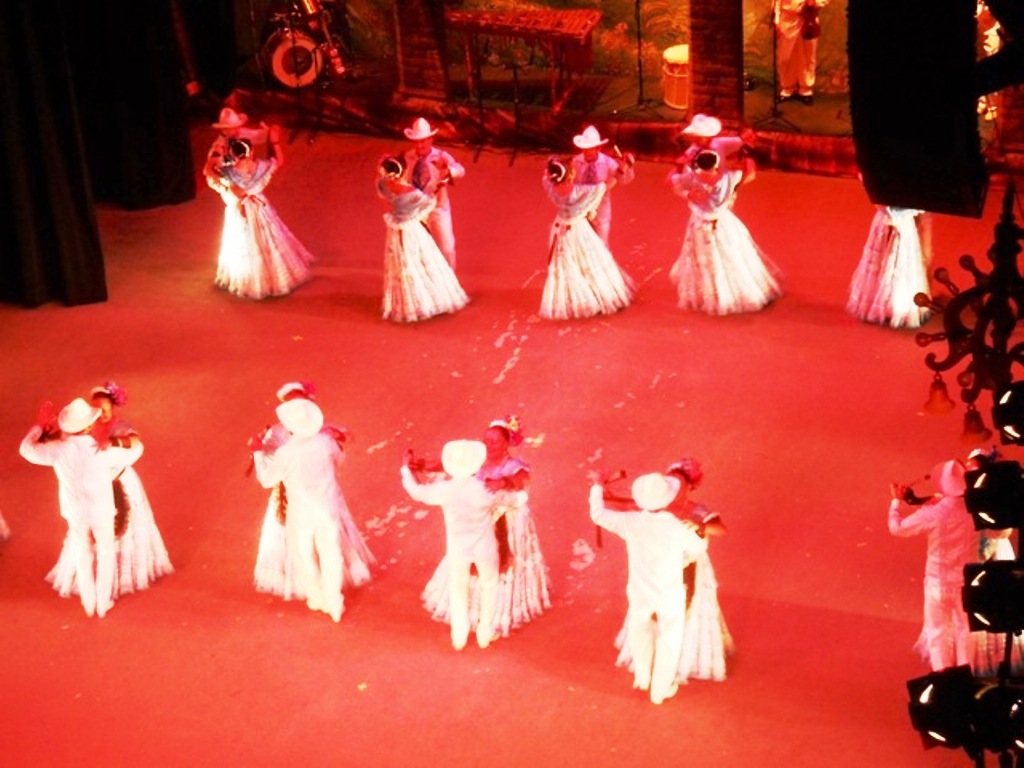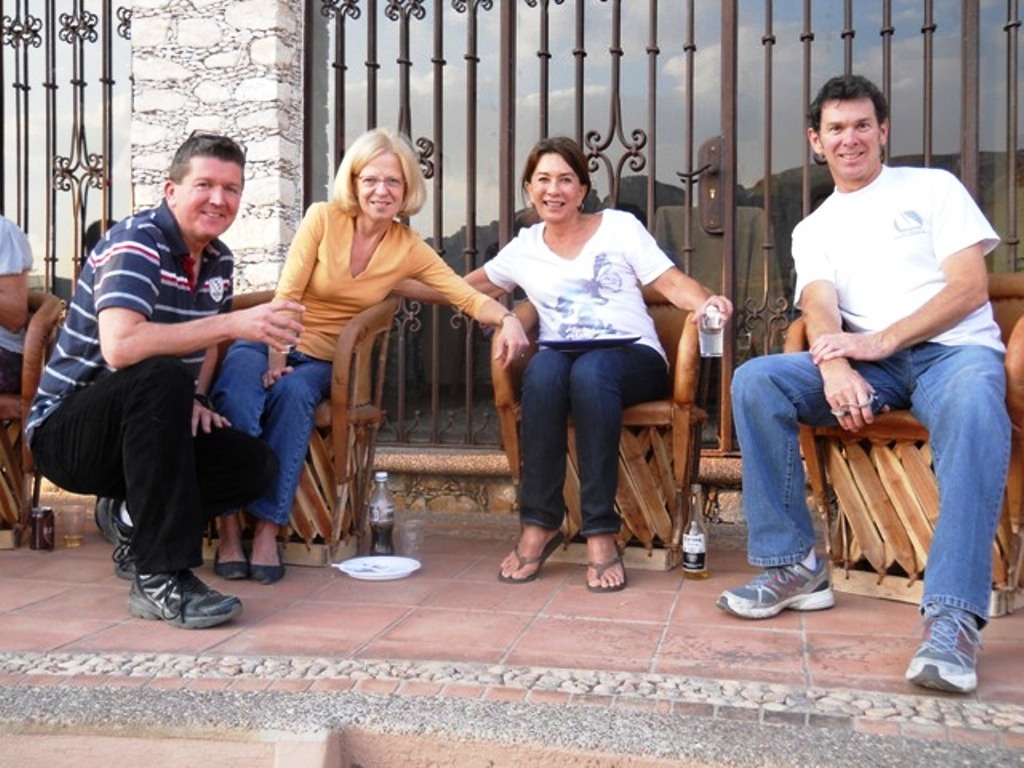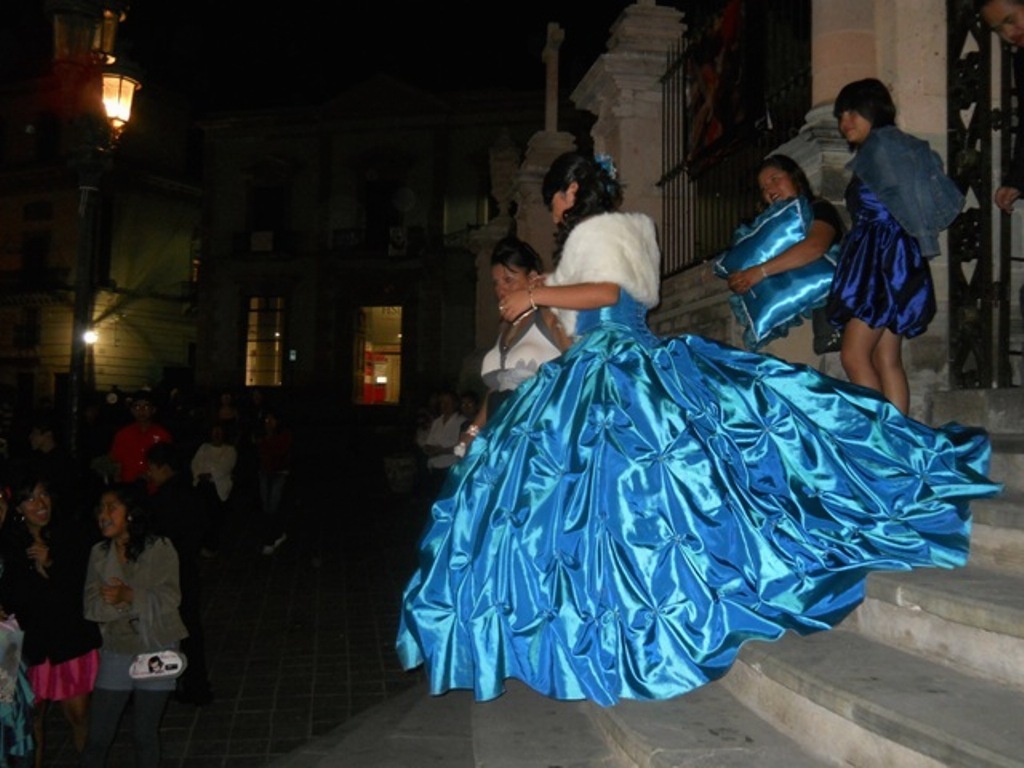October 2010 To
El Paso We left Los Altos at 4 am on Friday,
October 29. We spent our first night in Scottsdale, Arizona. Saturday's
drive was long and tiring, and we were happy to finally arrive in El Paso on Saturday at
4:00 pm. Toby was a trooper during the drive, and enjoyed the views next
to Pat.
Toby riding shotgun next to Pat; he can barely keep his eyes open!
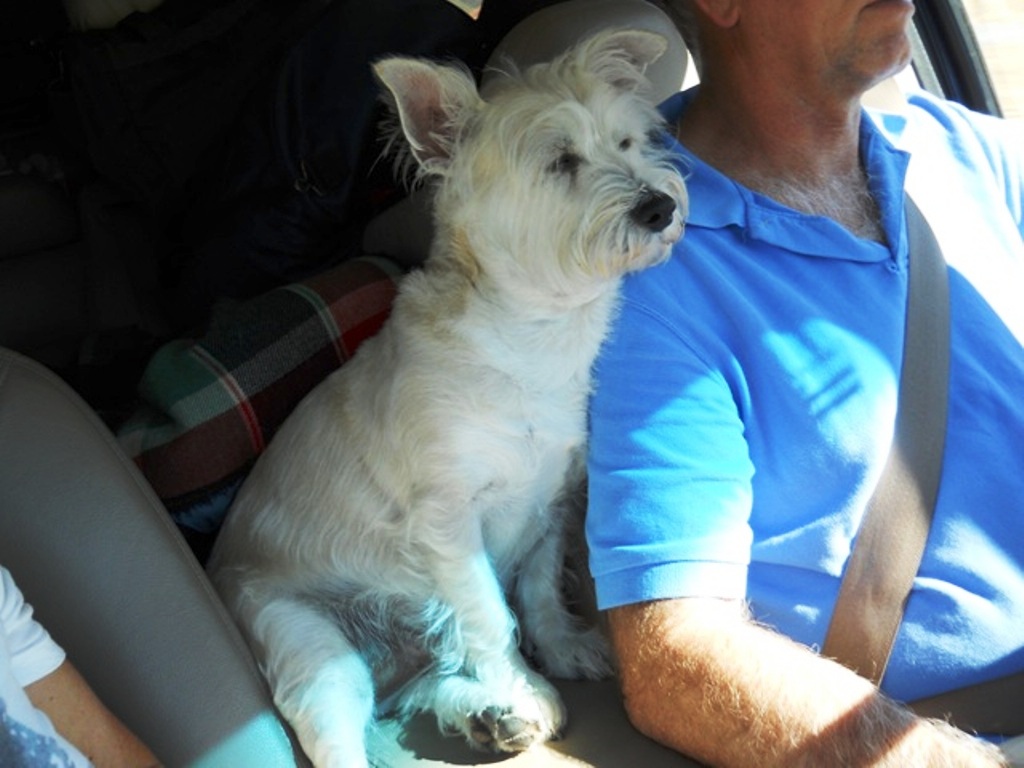
Toby riding shotgun next to Pat; he can barely keep his eyes open!
Pat left for work in Canada on Sunday, so Toby and I kept busy by
exploring the town. We took a great hike to Franklin State Park, the
largest urban state park in the nation covering 37 square miles. The
mountains are rugged and form a stunning backdrop to the city, overlooking
the Rio Grande.
Toby and I explored the neighborhoods of El Paso, downtown, the
university, the Museum of Art and the mercado.
Pat arrived home on Friday night, and on November 6 we drove
to San Antonio, Texas. Having lived in Houston for 15 years, it felt
familiar to be driving through the hill country of Texas and revisiting San
Antonio. Pat left for work on Sunday, and Toby and I discovered McAllister
Park, a huge park with lots of trails and a dog park. I visited the
mercado and the Riverwalk. The day I was supposed to leave for Laredo,
where I would meet Pat and cross the border, someone tried to break into our
car. The passenger door handled was busted halfway off and the back window
was smashed. Luckily nothing was taken, and I was able to get the window
replaced the next morning before I left for Laredo. The other repairs will
have to be done in Mexico. Off to Laredo!
Pat flew in from Canada on Wednesday, November 10. We
crossed the border on November 11; the crossing was surprisingly quick and
easy....30 minutes (despite getting the red light at declarations). I
was nervous once we were driving in Mexico because of all the cartel violence
especially near the borders, but we saw nothing out of the ordinary, thank
goodness. We did see a couple of military convoys on the highways, and it
was comforting to see their presence.
We spent the night in San Luis Potosi and arrived in
Guanajuato at noon on November 12. Guanajuato is
located in the geographic center of Mexico, about three and half-hours
north-west of Mexico City, and is one of Mexico’s most famous tourist spots. It
is located in one of the richest silver mining areas of Mexico, and is well
known for its wealth of fine colonial era Spanish architecture. It
is a UNESCO world heritage site. The city is situated in the Veeder mountains at over 2,000 meters
(6,562 ft) above sea level and the buildings climb up the side of the mountains
surrounding the city center.
The casita we rented online exceeded our expectations, and
we're excited to be staying here November, January and February (we'll be in
Nicaragua in December). The casita is attached to a large home. The
garden is large with views of the Picachos mountains and has a large area I use
for yoga. Because the weather is terrific (75 - 80 deg. during the day, 45
deg. at night), we're able to eat our meals outdoors. Guanajuato is in a
valley surrounded by a Toby seems to like it too! Martin is the caretaker
onsite, and Concha is the maid.
our view of the Picacho mountains
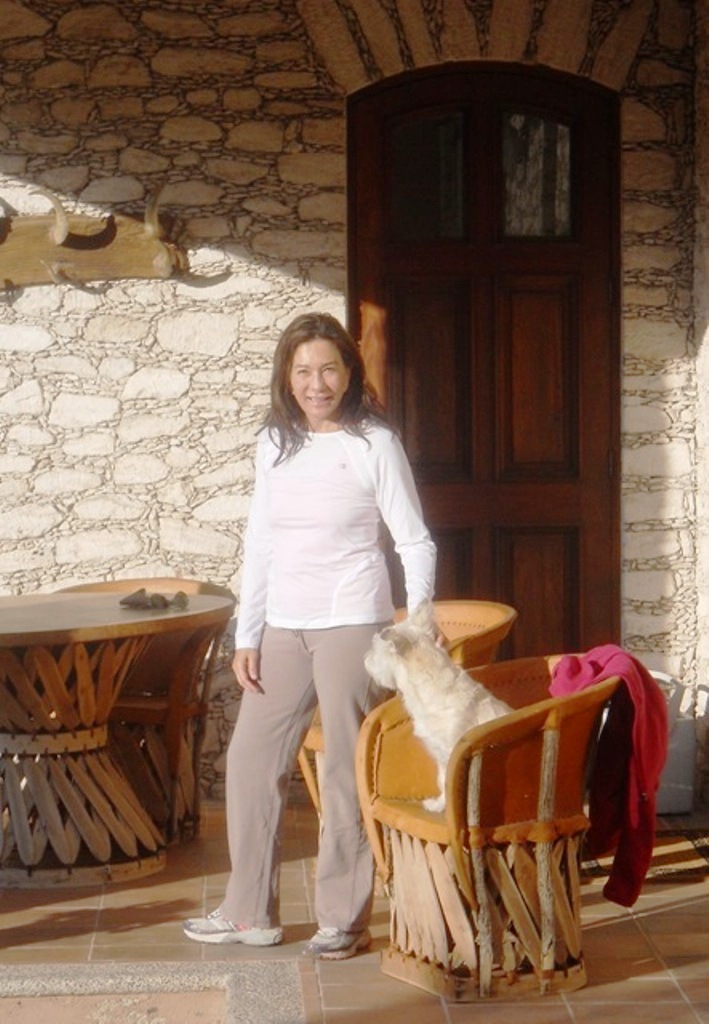
Our casita is small but it is very cozy and functional.
There is a kitchen/living area, a bathroom and a bedroom, with French doors
leading to the garden from both the kitchen and the bedroom.
view from our kitchen to patio
view from hallway to kitchen
Pat in casita living room
French doors to our bedroom from outside
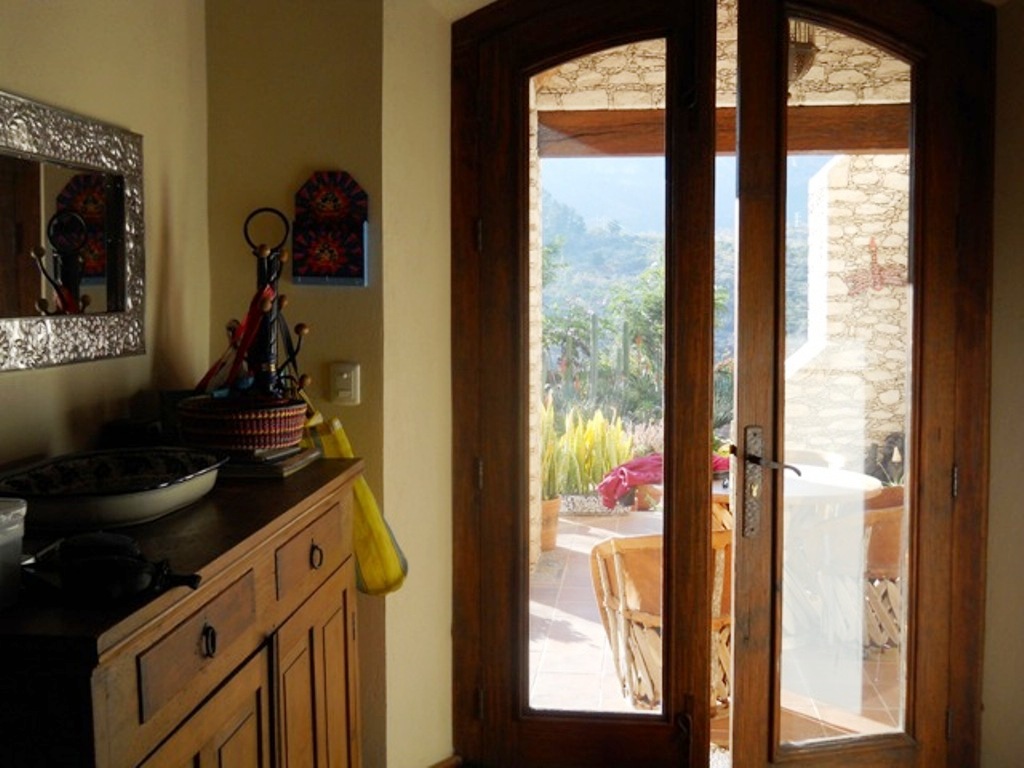
view from our kitchen to patio
We had a delicious dinner at Mercedes (a family owned
restaurant, highly recommended), and explored the city the following day.
We had visited briefly in 2007, and it was great to be back! From our
casita, it is a 15 min. hike down a cobblestone pedestrian street directly to
the centro. There's so many little streets to explore and something
interesting at every turn.
Guanajuato is also the birth place of the
famous artist, Diego Rivera. His former home is now a museum.
Artists Olga Costa and Jose Chavez Morado also have a museum at their former
home.
The city was originally built over the
Guanajuato river, which flowed through tunnels underneath the city.
However, after years of raising buildings to accommodate repeated
flooding, in the mid-twentieth century, engineers built a dam and
redirected the river into underground caverns. The tunnels were lit and
paved with cobblestones for automobile traffic, and this underground
road network carries the majority of cars driving through the city
today. It is one of the most notable features of the city.
street leading into a tunnel; view of El Pipila at top of the hill
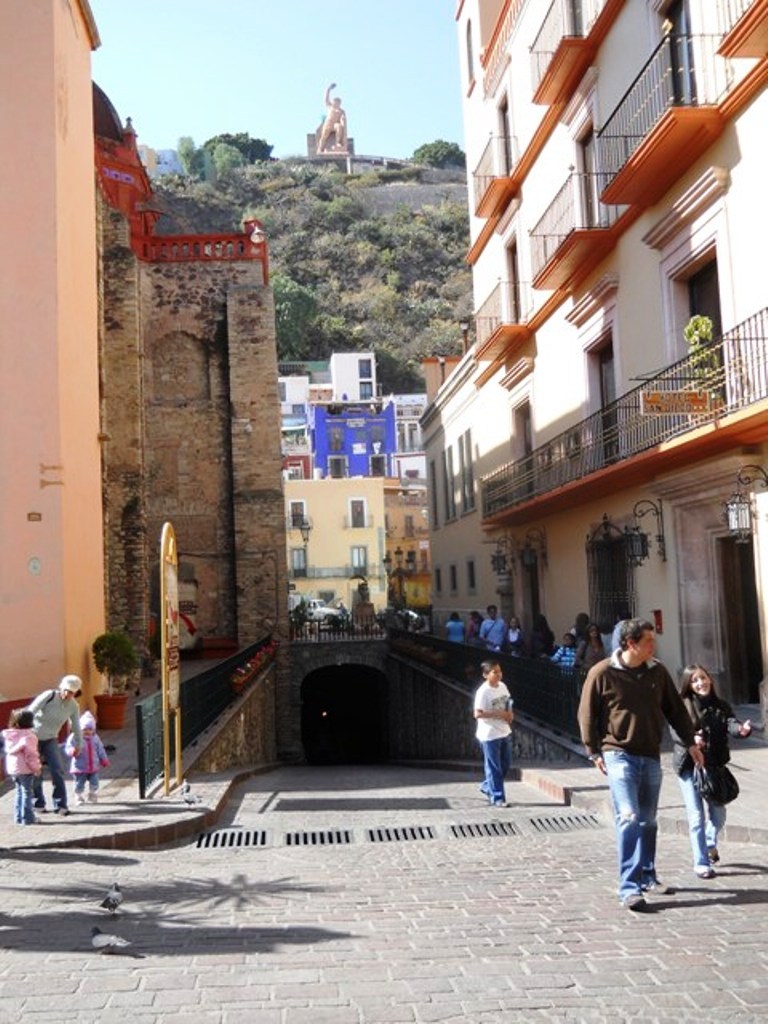
street leading into a tunnel; view of El Pipila at top of the hill
I began daily Spanish classes at Escuela
Mexicana. My hours are 9 - 3, and consist of two hours of grammar,
two hours of conversation, one hour culture or guided visit and one hour of
cooking class (class changes each week). I have private
instruction, except for the group cooking class, which was fun and
delicious. Today we made bistec en chile guajillo or beef in
guajillo (a type of chile) salsa, and it was muy rico! Recently, I
took salsa dance lessons with Luis at the school and it was so much fun
(but hard!)!! There is a
mixture of students of all ages, mostly from the U.S., Canada and
Europe. At this time of year, there aren't many students, so that's great for me. I believe their busiest time is
in October, spring and summer. The teachers are very good, and I'm
sure to pick up some Spanish!
Susan at Escuela Mexicana
with Memo, my conversation teacher
with Gaby, my cooking teacher
Edith, my grammar teacher
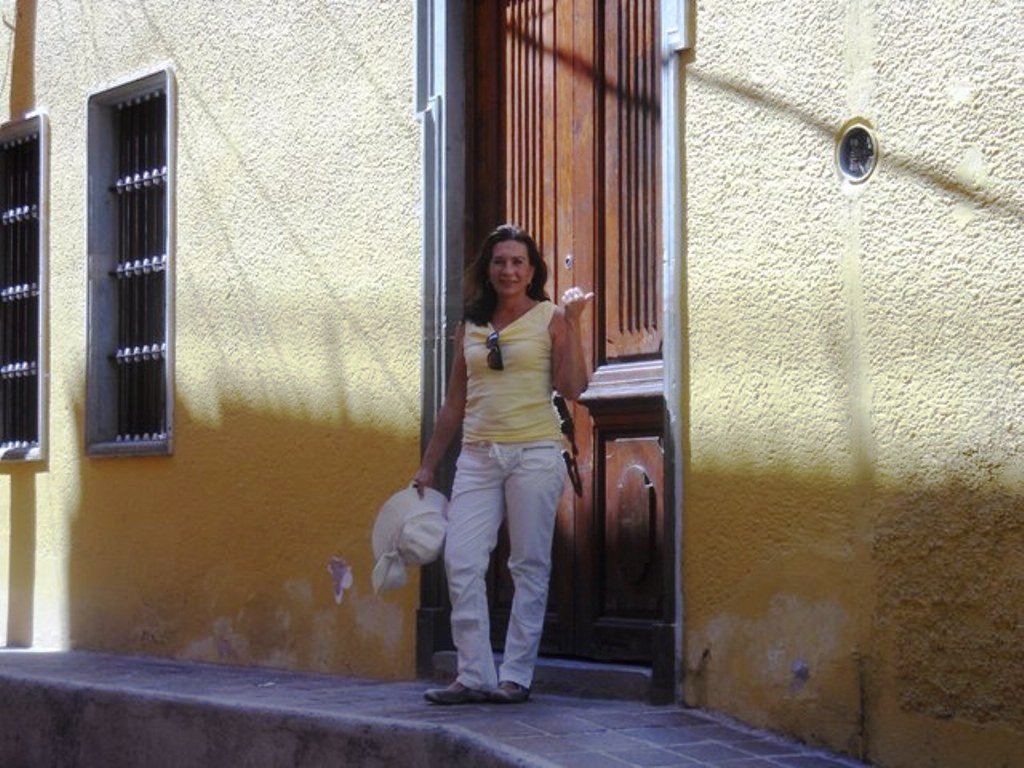
Susan at Escuela Mexicana
Vicente, my cultural and economics
teacher...
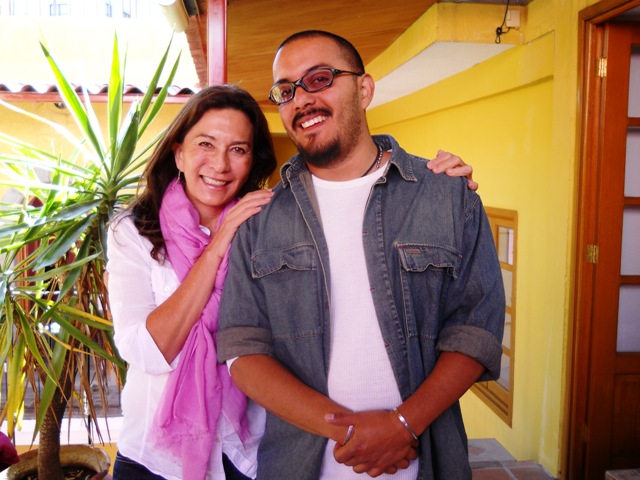
We attended the University's Ballet
Folklorico at Teatro Juarez. It was fantastic to see the traditional
Mexican dances and the colorful costumes. Pat, who has seen several
performances of the Ballet including Mexico City, thought this group had the
best performance of all.
For Thanksgiving, our neighbors Fred
and Laura, Laura (Fred's niece) and Leith hosted a dinner for students and
teachers from the school. There was great food (turkey and all the
trimmings, plus pumpkin cake from scratch...no cans!) and interesting people.
It was a lot of fun.
There's always a festival, celebration
or music day and night in Guanajuato. We've seen parades, quincenera (15th
birthday) coming out parties, weddings, musical and art events.
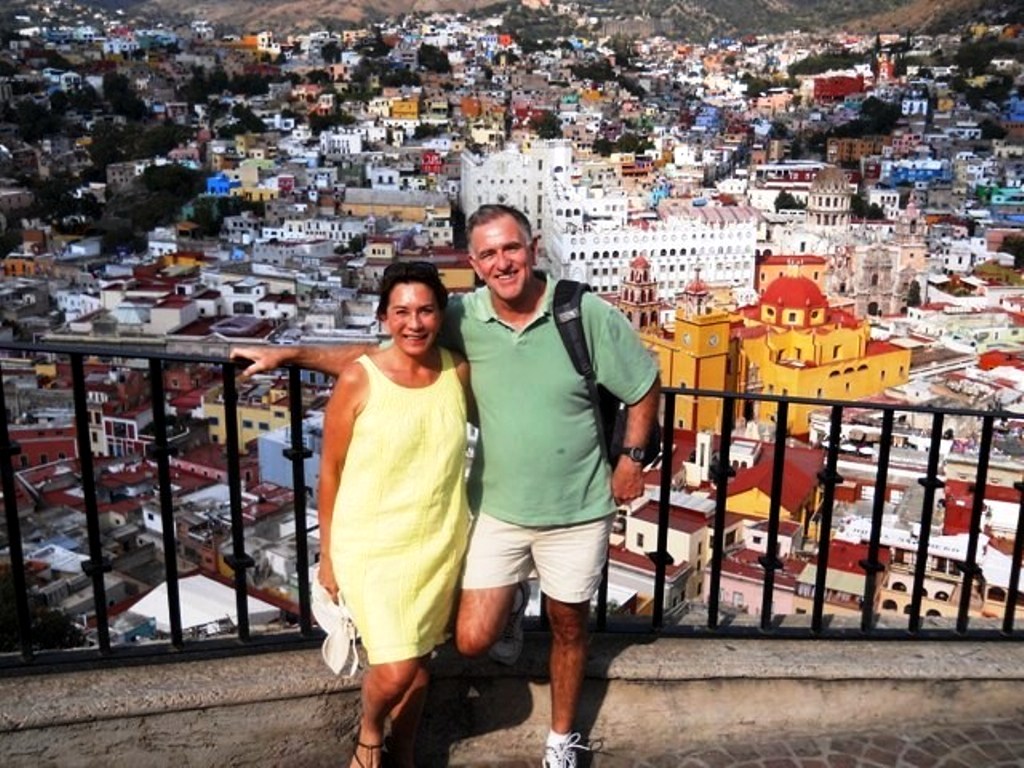
We took an hour and fifteen minute bus
ride to Dolores Hidalgo, a town which is a pilgrimage for Mexicans for
Independence Day held on Sept. 16. The Mexican independence movement began
here by Miguel Hidalgo, a priest, in 1810. Today, Hidalgo is one of the
most revered heroes in Mexico. It's also famous for its ceramics and
delicious hand made ice cream (I had hibiscus and Pat had pina colada). I
met a little girl, Cecilia, who gave me a tour of her family's shop where they
fabricate and paint the ceramics.
Parroquia de Nuestra Senora Delores
statue of Hidalgo, national hero
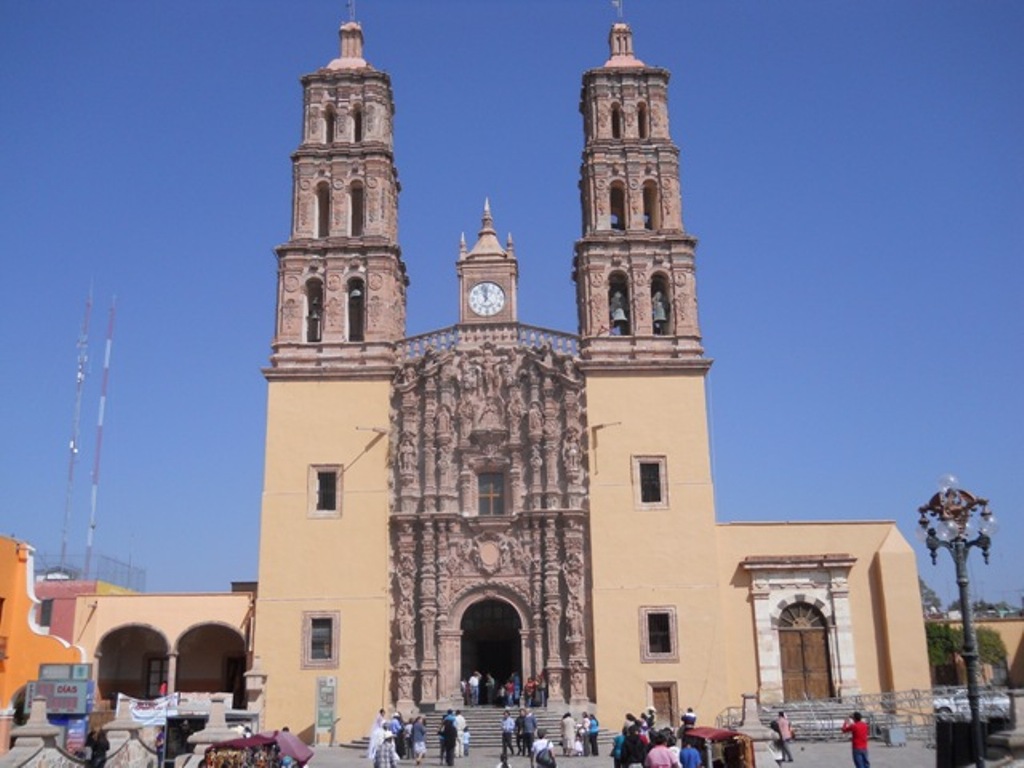
Parroquia de Nuestra Senora Delores
workers inside a pottery shop
my friend at the pottery shop
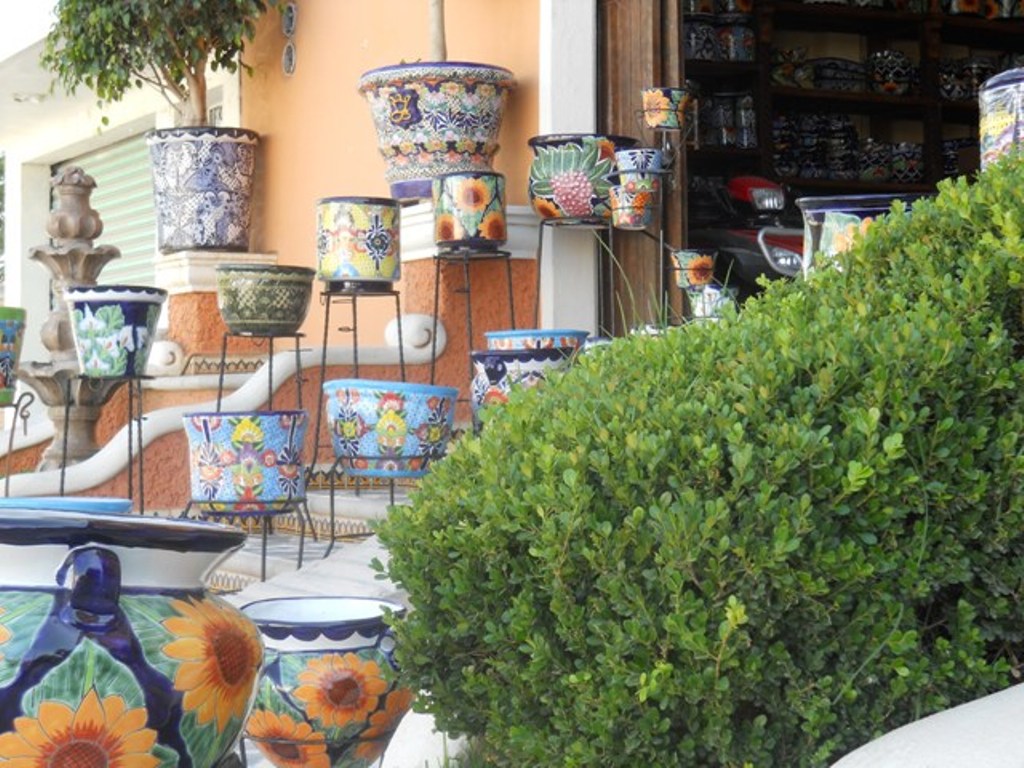
At my Spanish school, I met Alana, who
is here for three months studying Spanish. She will stay in our casita
while we are in Nicaragua for a month to take care of Toby. I'm very lucky
to have met such a nice person, and so is Toby!
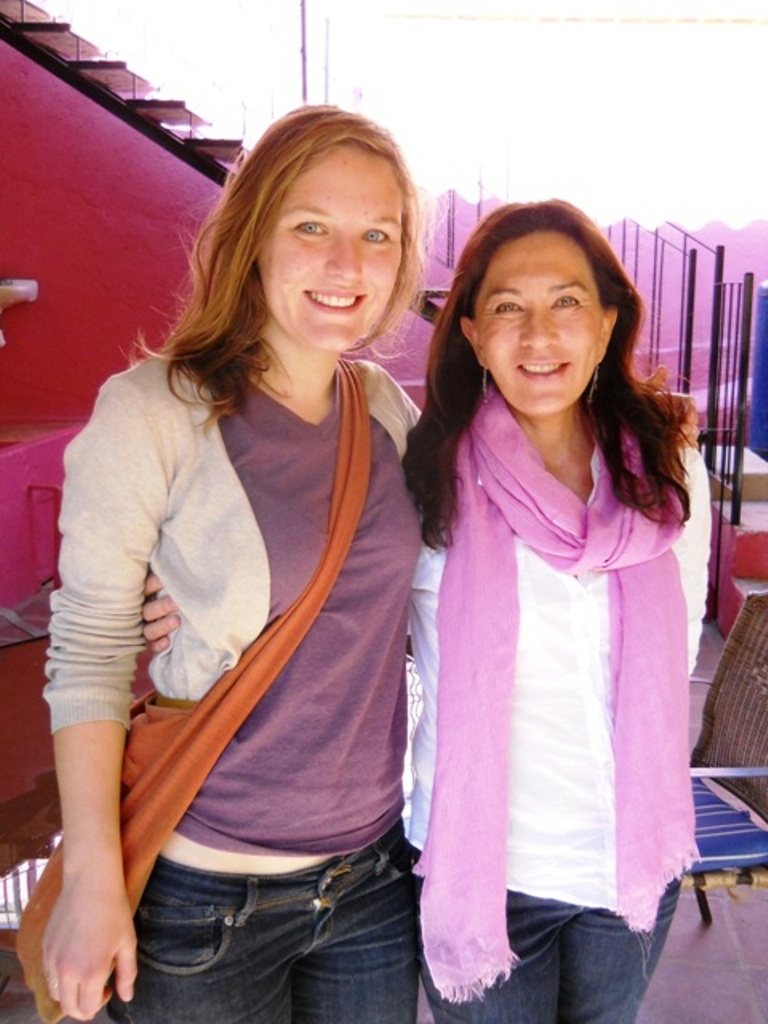
My third week of Spanish is coming to
an end. I've enjoyed my classes and teachers. I still have a long
way to go, but it was a great way to get a jump start on the language. I
plan to return to the school in January for grammar and conversation classes.
December 3, I am taking the bus to Mexico City, a 4 and a half hour ride from
here. I will spend the night in Mexico City and catch an early morning
flight to Managua, Nicaragua where I will be for a month. Isabelle plans to join me on December 14 and
Pat arrives for a two week vacation on the 18th. We're looking
forward to our next adventure in Nicaragua!
Top of Page
Home
Back Next Page -
Nicaragua








